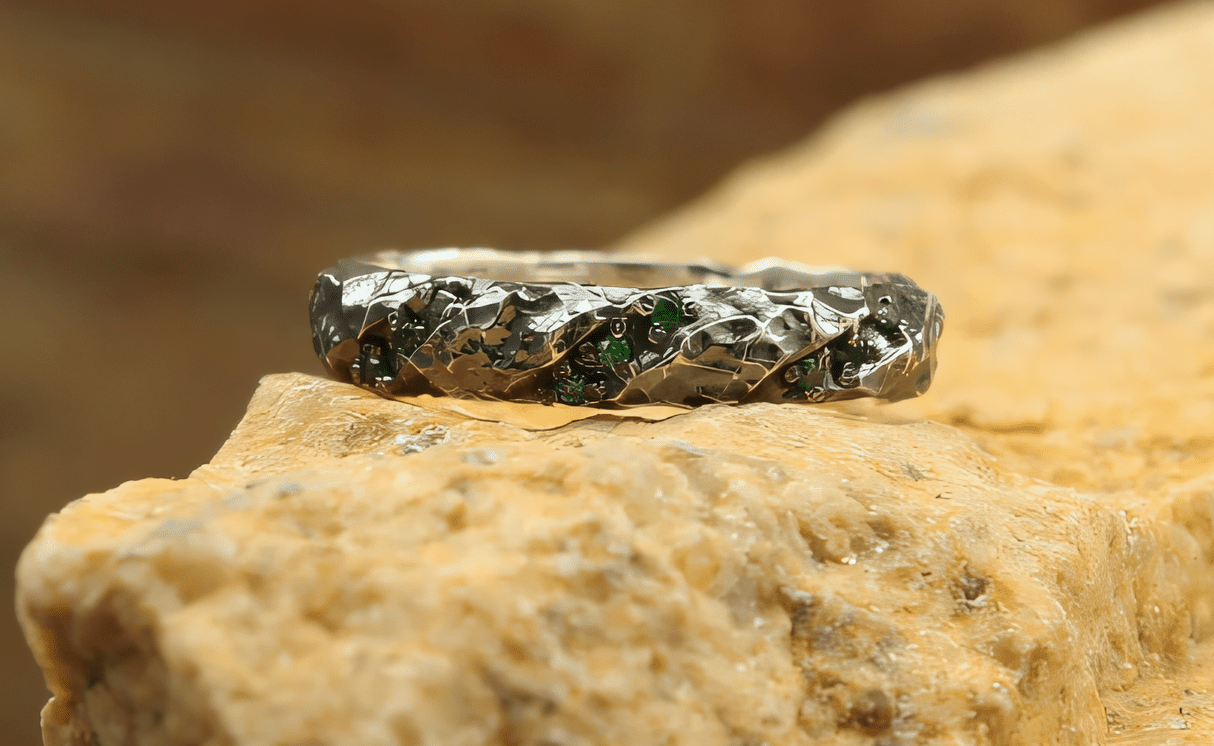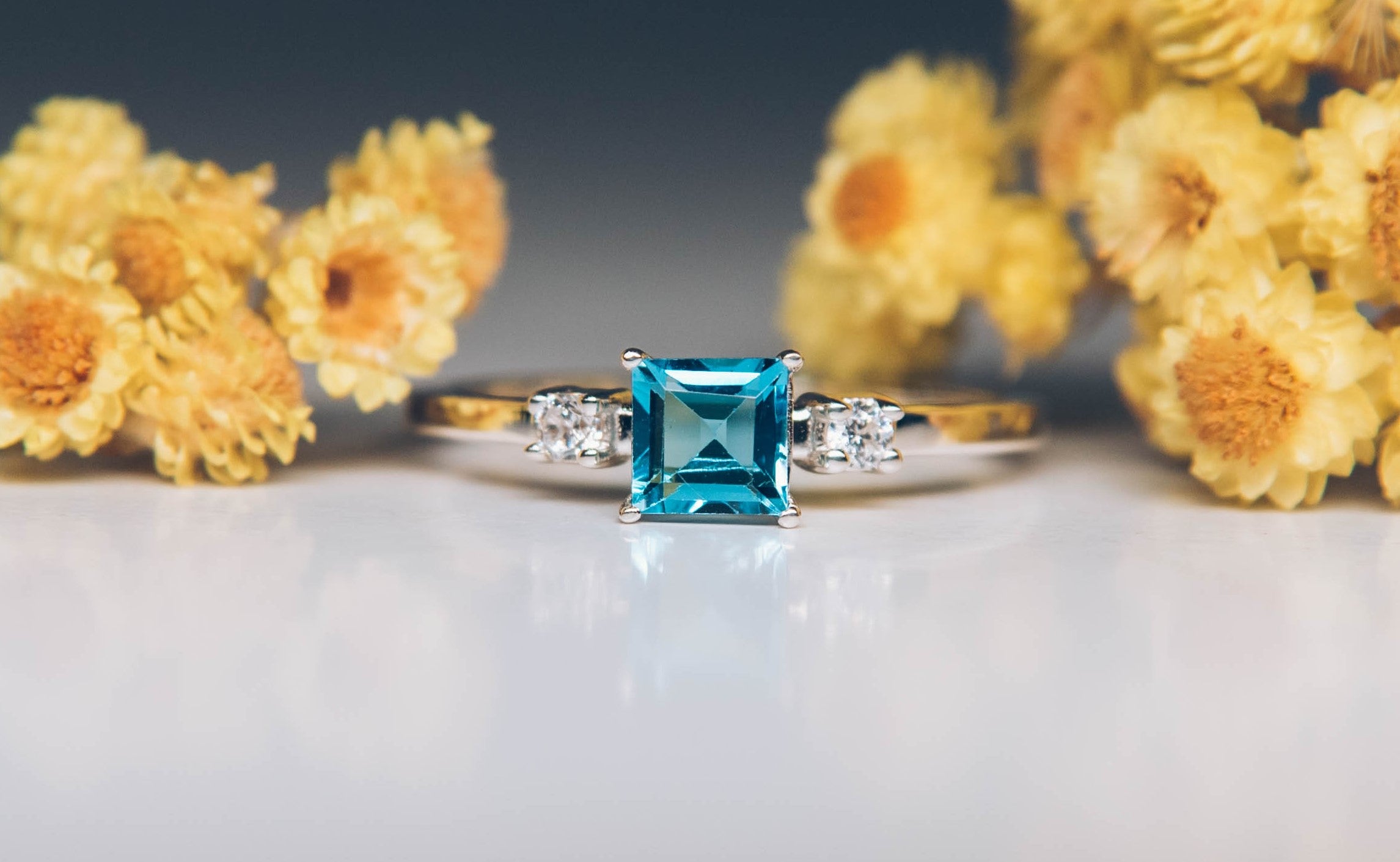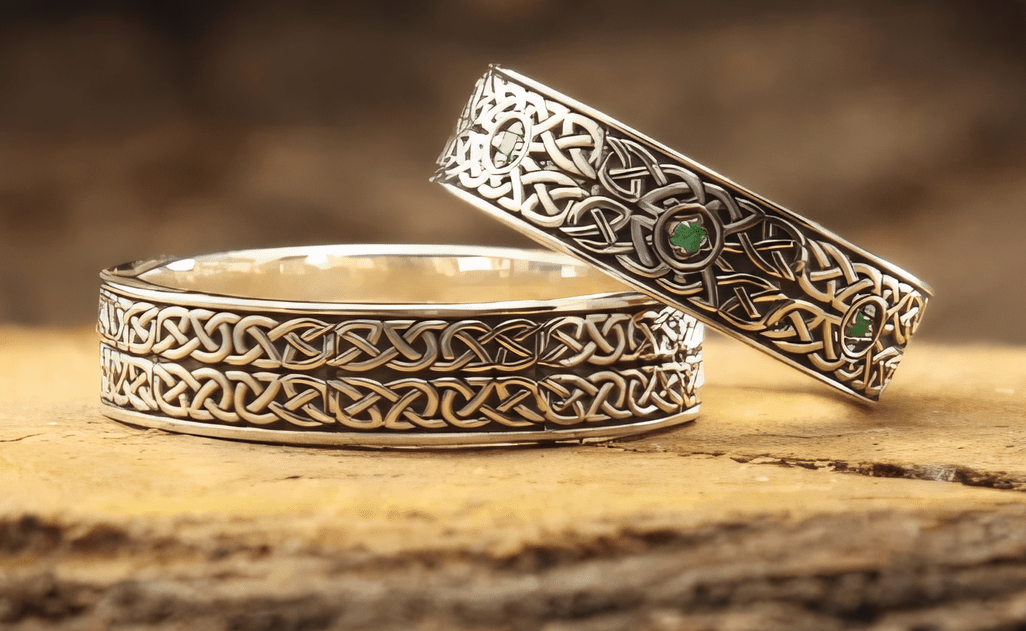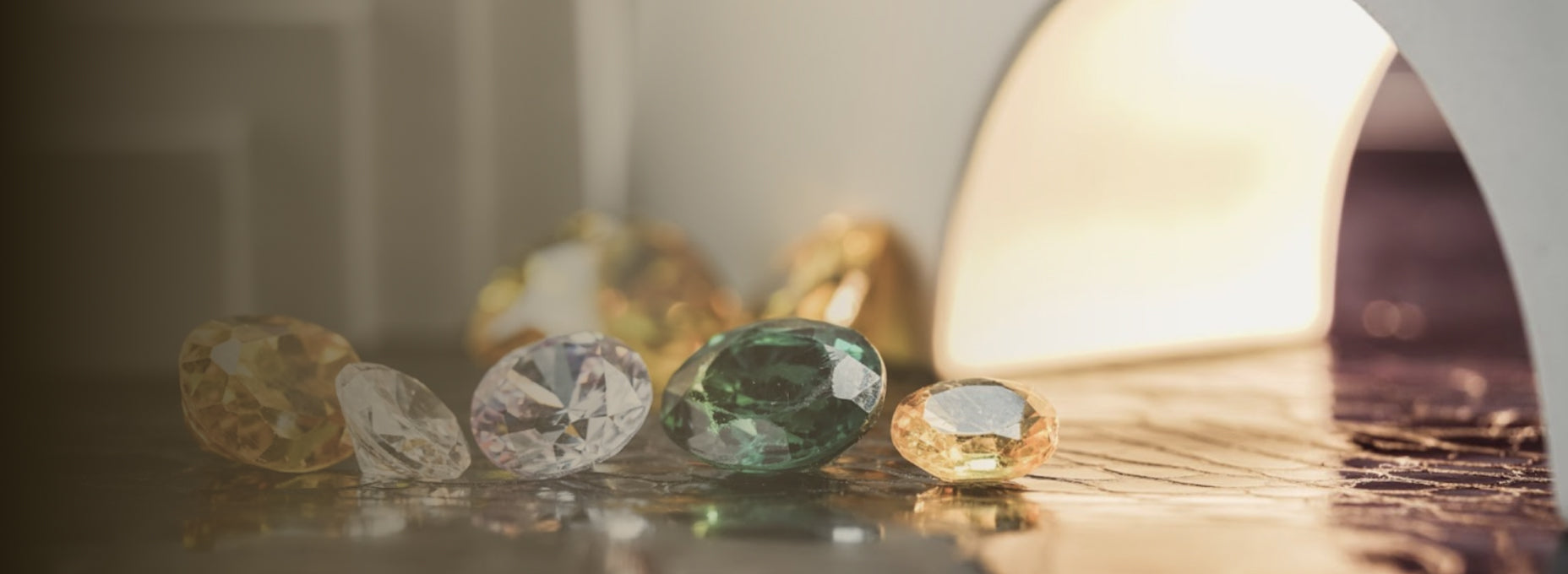They confer status, share their power accumulated over the centuries, and make you stand out from the crow with their play of light. People have always striven for gems, to own them and know more about them. Precious stones are those that are strong, rare and lustrous. What exactly makes them valuable, you will learn in the following material.
Natural gemstones
Natural gemstones are minerals that have been crystallized for centuries by the action of water, high or low temperatures, light, and rock pressure. Depending on the composition of the gemstone and the time of its birth, it acquires a specific strength, the ability to refract light, and its beautiful, unusual color. This makes them so appealing; therefore, their demand has not declined for centuries but is only growing.
Lab-grown gemstones
Lab-grown gemstones are a significant achievement in science and technology. They are in no way inferior to natural stones in terms of gemstones. They are just as hard, transparent, and shiny. And even the chemical composition of these stones is the same. As the reserves of minerals in the earth's bowels dwindle and the development of new extraction sources harms the ecosystem, lab-grown gemstones are a great opportunity to create excellent quality stones with human hands.
Simulated Stones
Imitation or Simulated stones resemble the natural originals in luster, color and clarity, but have a very different composition. They are often chosen as a cheaper substitute for natural gemstones. Some are not imitations, but alternatives that are more suitable for jewelry.
Types of gemstones and their differences
It used to be thought that gemstones were rarer than semi-precious ones and were, therefore, more expensive. By now, many jewelers have come to the conclusion that this division is relative. As there are very rare stones among the semi-precious ones, and among the precious ones, let us see if there is any fundamental difference between them.
Gemstones
Gemstones include Diamonds, Rubies, Sapphires, and Emeralds. Not only do they have a higher price, but they are also valuable because they are somewhat harder, so you are guaranteed to wear jewelry with them longer and shine brighter. On the Moоs hardness scale, all these stones score 9 out of 10, except for the emerald, which has a score of 8. Of course, to have such stones in one's collection means to possess a rare beauty.
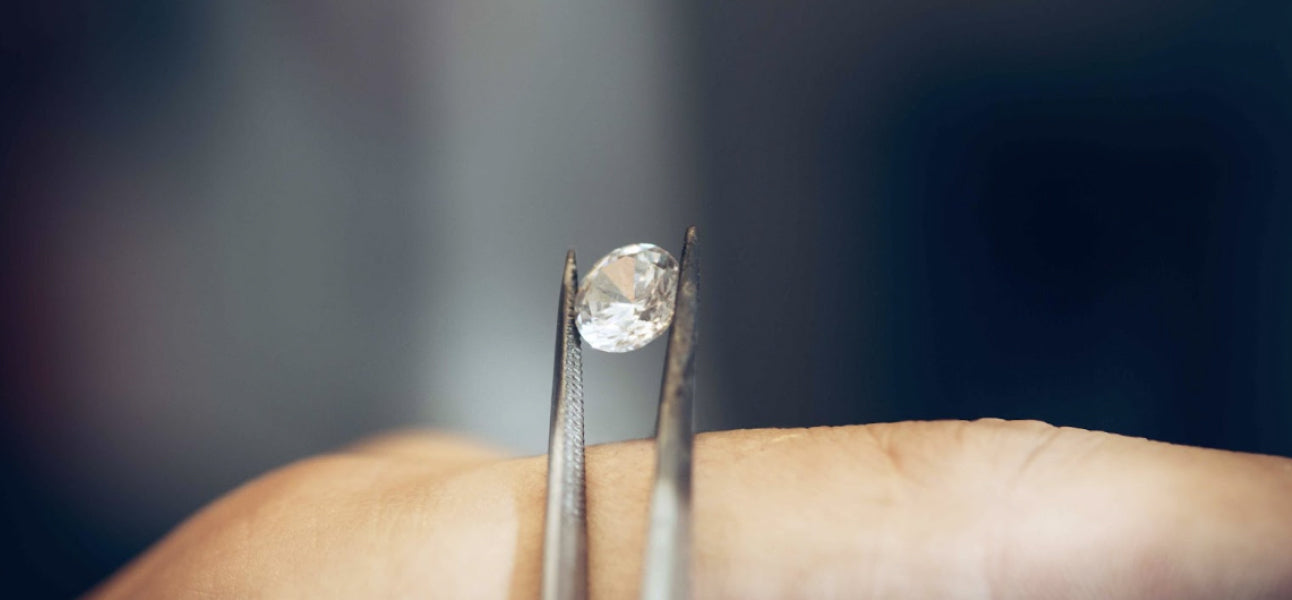
Diamond
Color: Colorless, Near Colorless, Faint Yellow, Very Light Yellow, Light Yellow, Fancy (usually blue, pink, yellow, Red etc.)
Type: Precious
Birthstone of the Month: April
Mohs hardness scale: 10
Mineral Class: a mineral composed of pure carbon
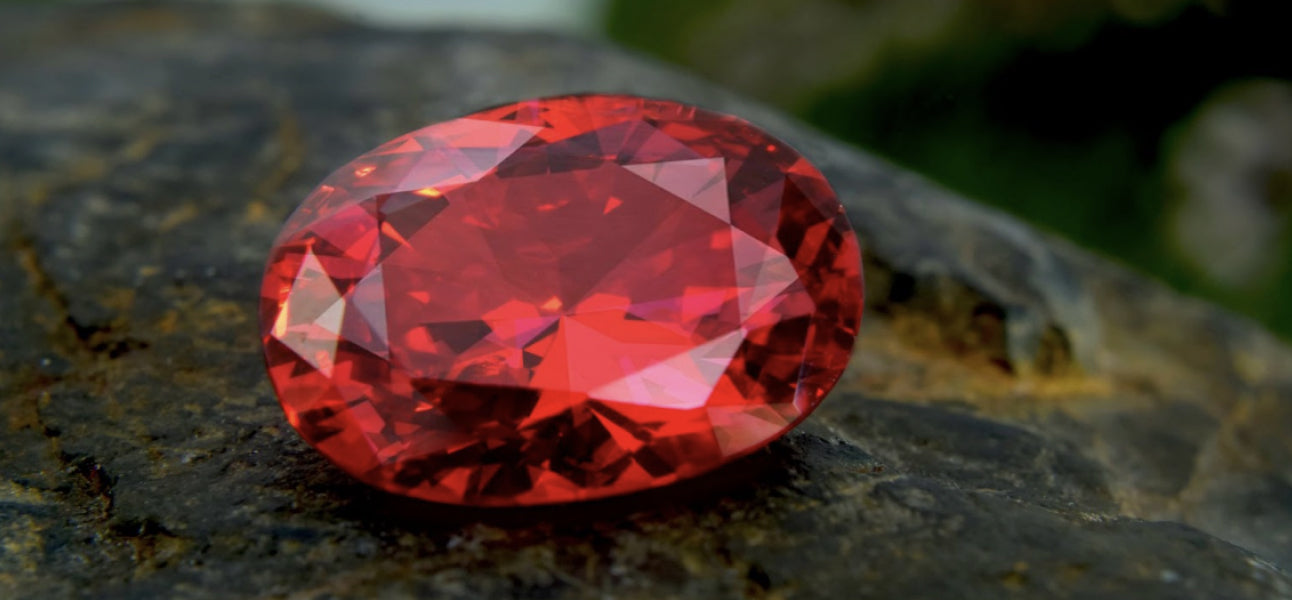
Ruby
Color: Bright red, brownish-red, purplish-red, dark red
Type: Precious
Birthstone of the Month: July
Mohs hardness scale 9
Mineral Class: Corundum
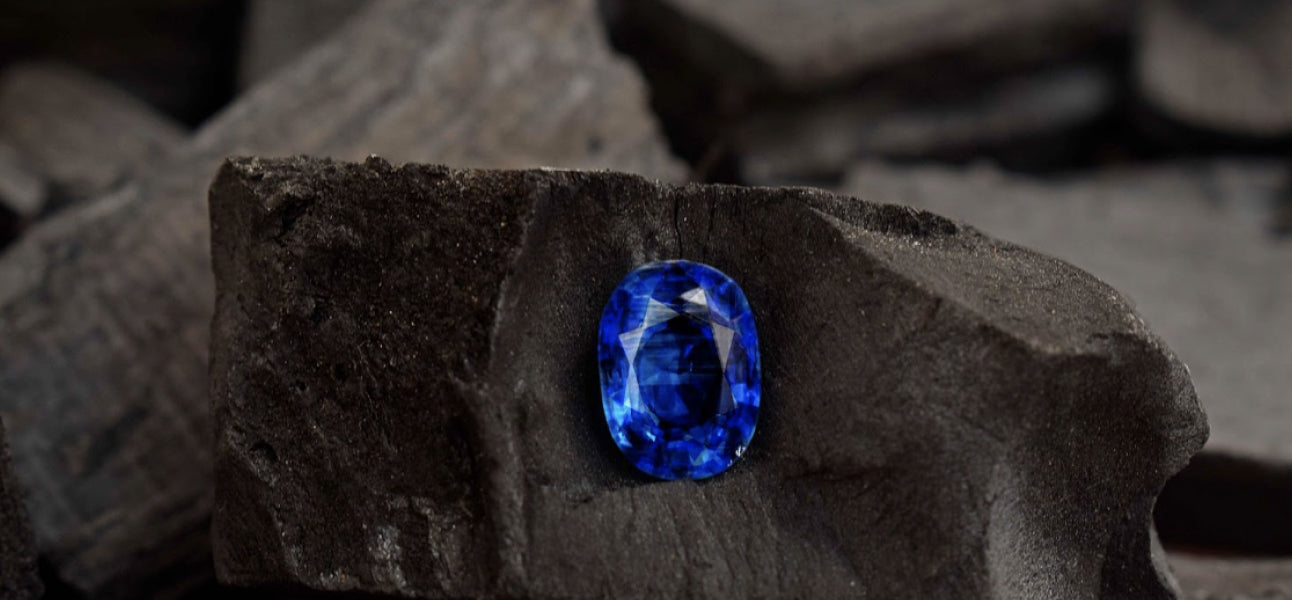
Sapphire
Color: Blue, Yellow, Green, White, Colorless, Pink, Orange, Brown and Purple
Type: Precious
Birthstone of the Month: September
Mohs hardness scale: 9
Mineral Class: Corundum
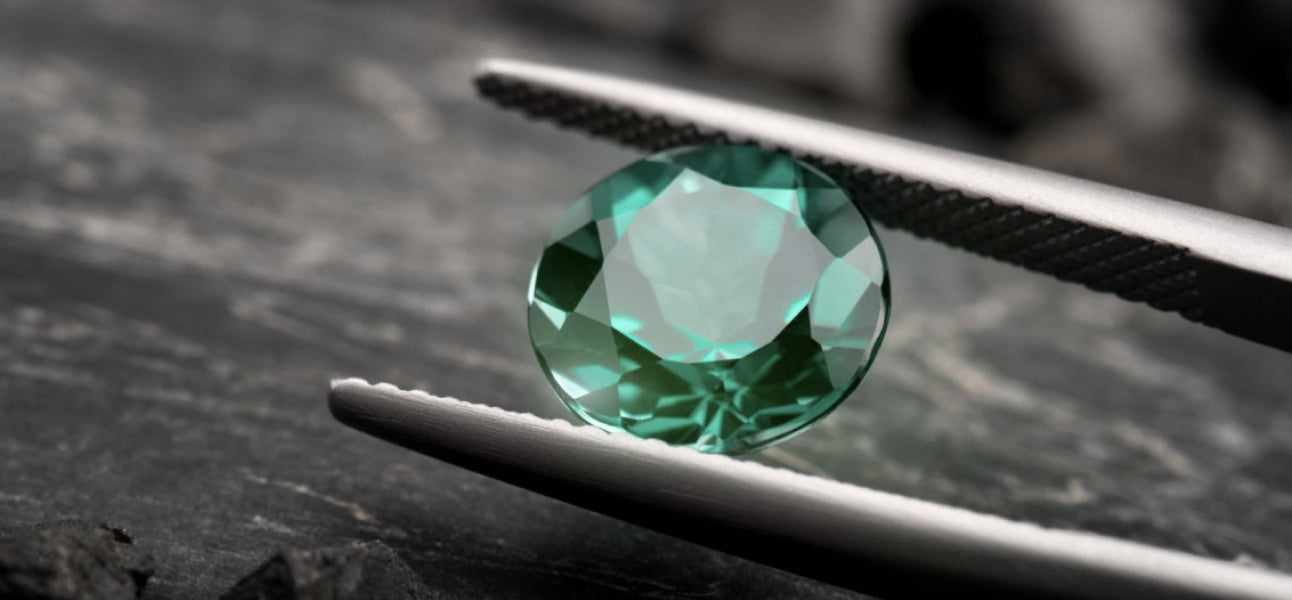
Emerald
Color: Emerald Green to Dark Green
Type: Precious
Birthstone of the Month: May
Mohs hardness scale: 7.5 – 8
Mineral Class: Beryl
Semi-precious Stones
There are several hundred types of semi-precious stones. These are all minerals of natural origin, such as Alexandrite, Amethyst, Aquamarine, Citrine, Topaz, Garnet, Onyx, and Opal... With beauty and brilliance, they are not inferior to precious stones, but also have a variety of colors, shades and a flexible pricing policy.
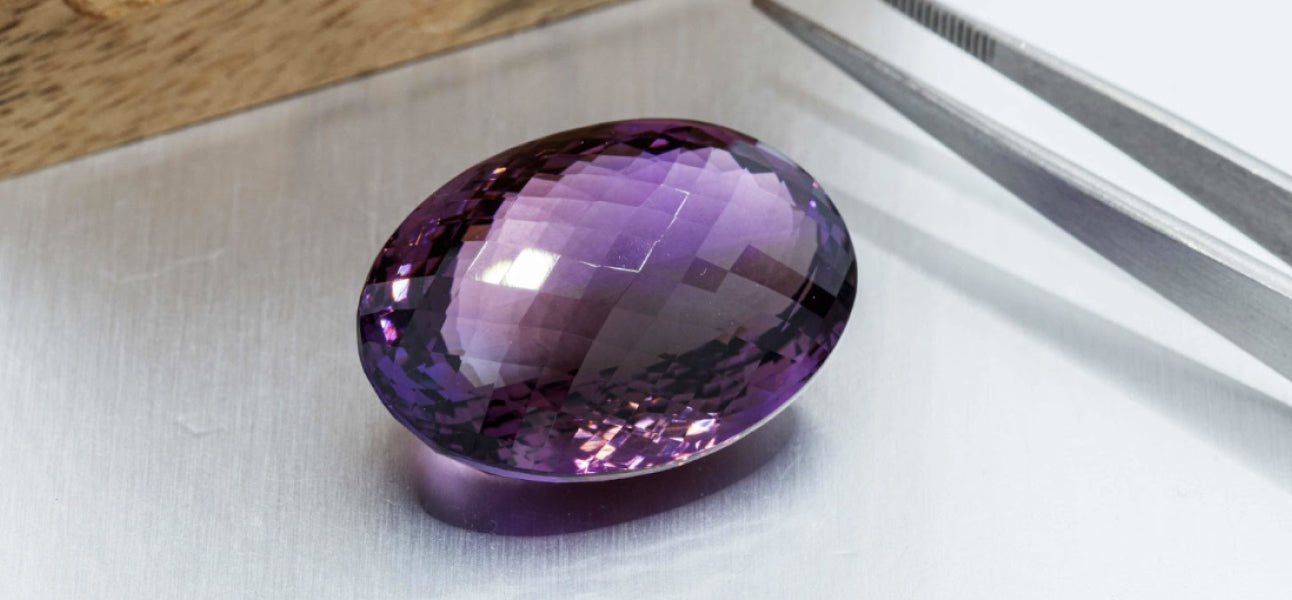
Amethyst
Color: Purple, Pale lavender to deep reddish purple, bluish violet
Type: Semi-precious
Birthstone of the Month: February
Mohs hardness scale: 7
Mineral Class: Quartz
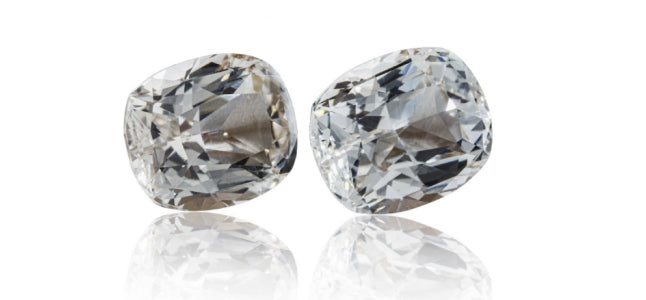
Topaz
Color: Blue, Brown, Green, Orange, Pink, Red, Yellow, White, Gold, Colorless
Type: Semi-precious
Birthstone of the Month: November
Mohs hardness scale: 8
Mineral Class: Topaz
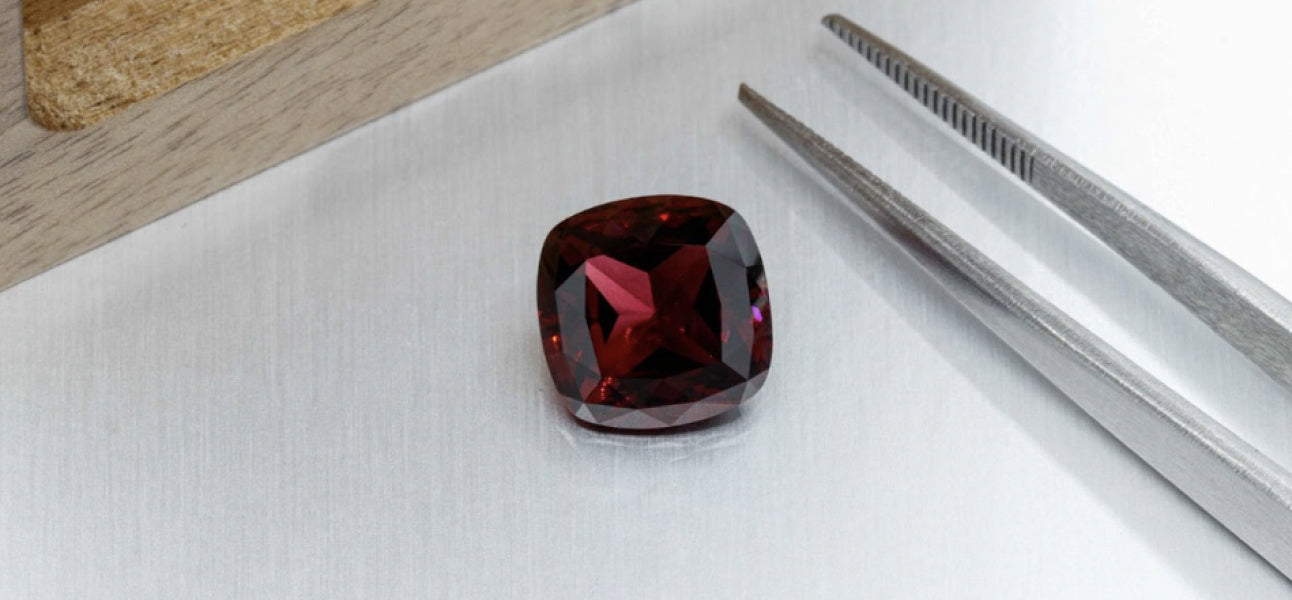
Garnet
Color: Light Red, Violet, Red, White, Green, Yellow, Brown, Black
Type: Semi-precious
Birthstone of the Month: January
Mohs hardness scale: 6.5-7.5
Mineral Class: Quartz
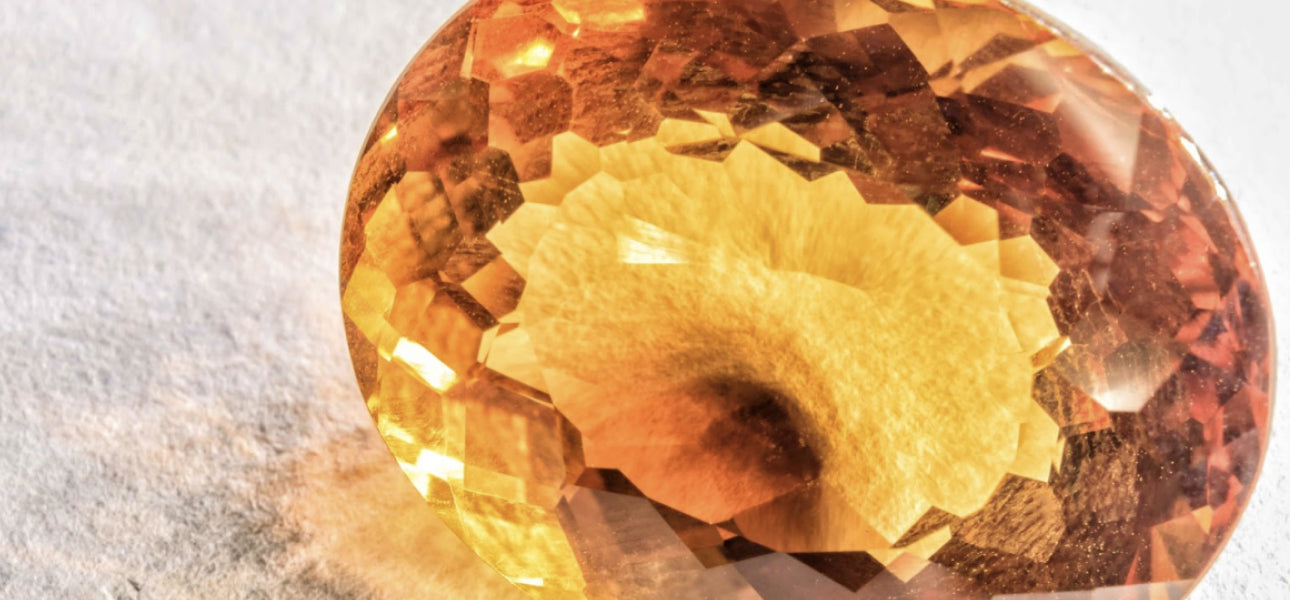
Citrine
Color: Light Yellow, Lemon Yellow, Amber-Brown, Brilliant Orange
Type: Semi-precious
Birthstone of the Month: November
Mohs hardness scale: 7
Mineral Class: Quartz
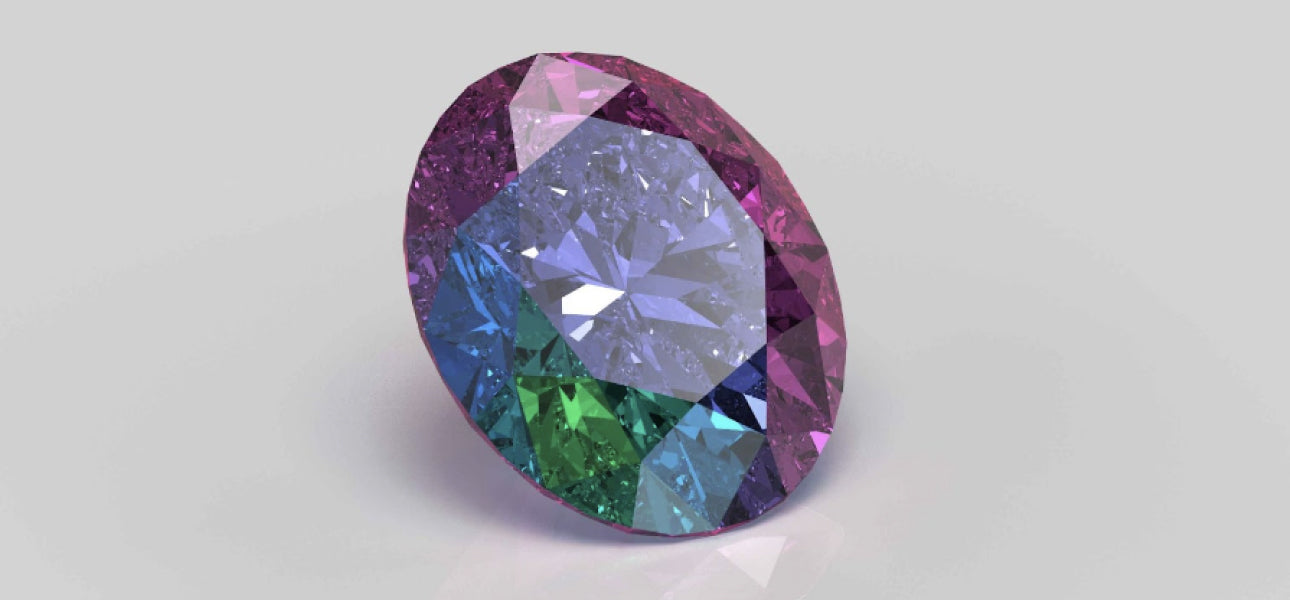
Alexandrite
Color: Dark to Pale Green (color changes in different forms of light)
Type: Semi-precious
Birthstone of the Month: June
Mohs hardness scale: 8.5
Mineral Class: Chrysoberyl
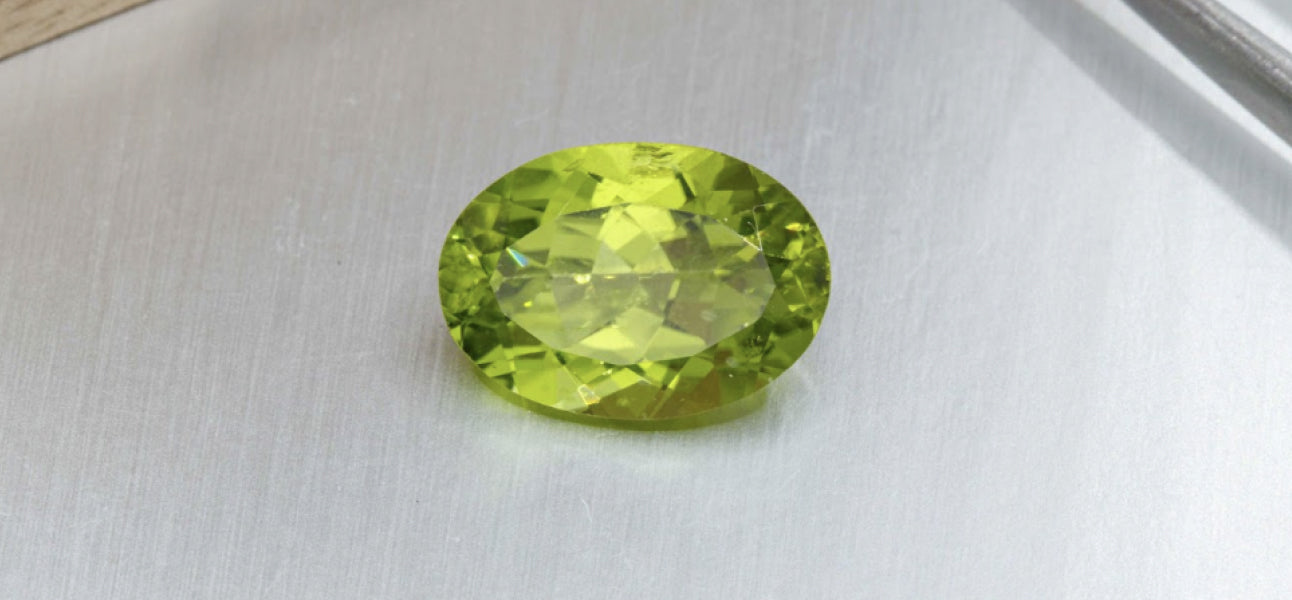
Peridote
Color: Yellow Green, Olive, Brownish Green
Type: Semi-precious
Birthstone of the Month: August
Mohs hardness scale: 6.5 – 7
Mineral Class: Olivine
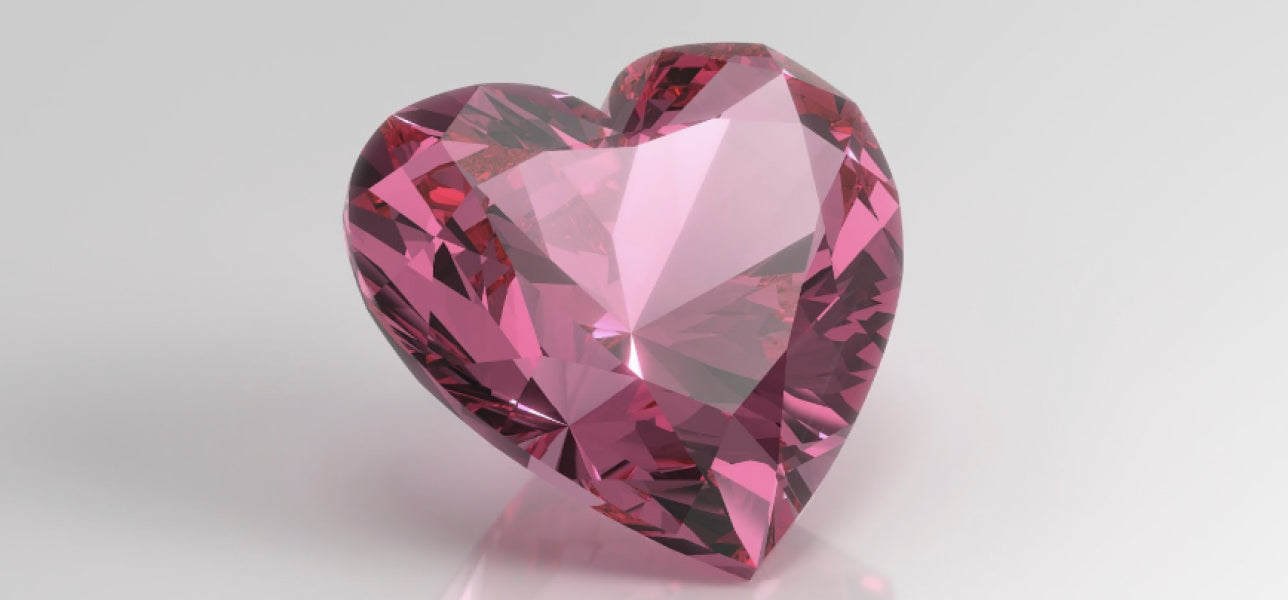
Tourmaline
Color: Black, Red, Pink, Blue, Green, Grey and Yellow
Type: Semi-precious
Birthstone of the Month: October
Mohs hardness scale: 7 – 7.5
Mineral Class: Quartzite
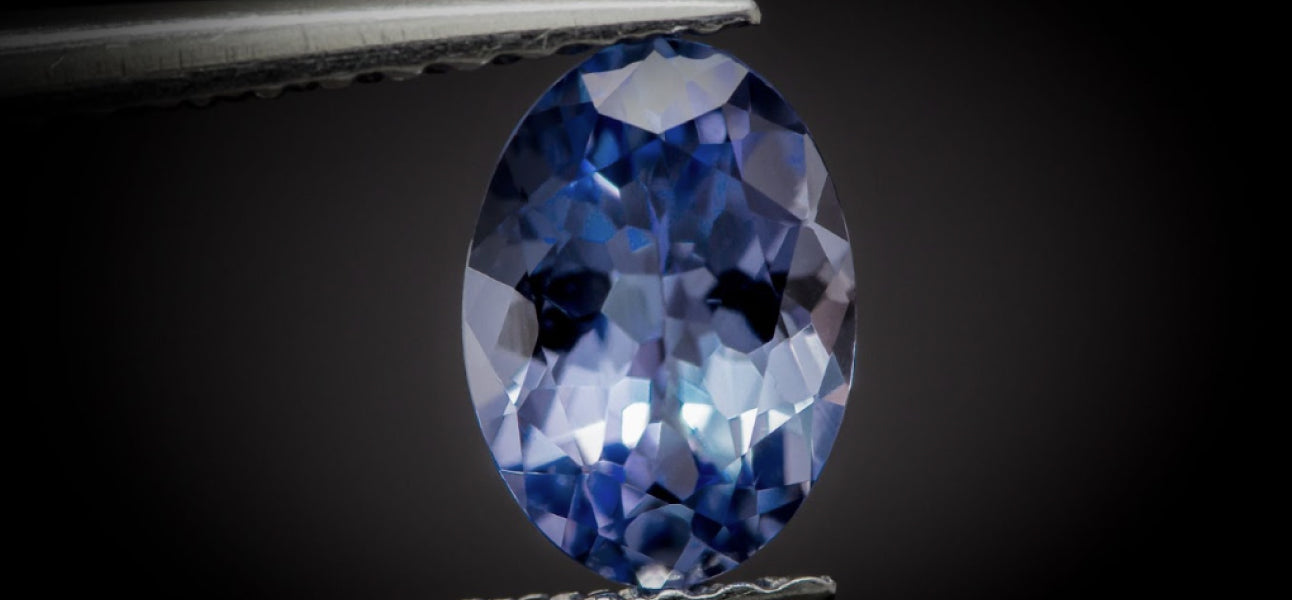
Tanzanite
Color: Deep Blue, Ultramarine Blue, Light Violet-Blue, Purple
Type: Semi-precious
Birthstone of the Month: December
Mohs hardness scale: 6 – 7
Mineral Class: Quartz
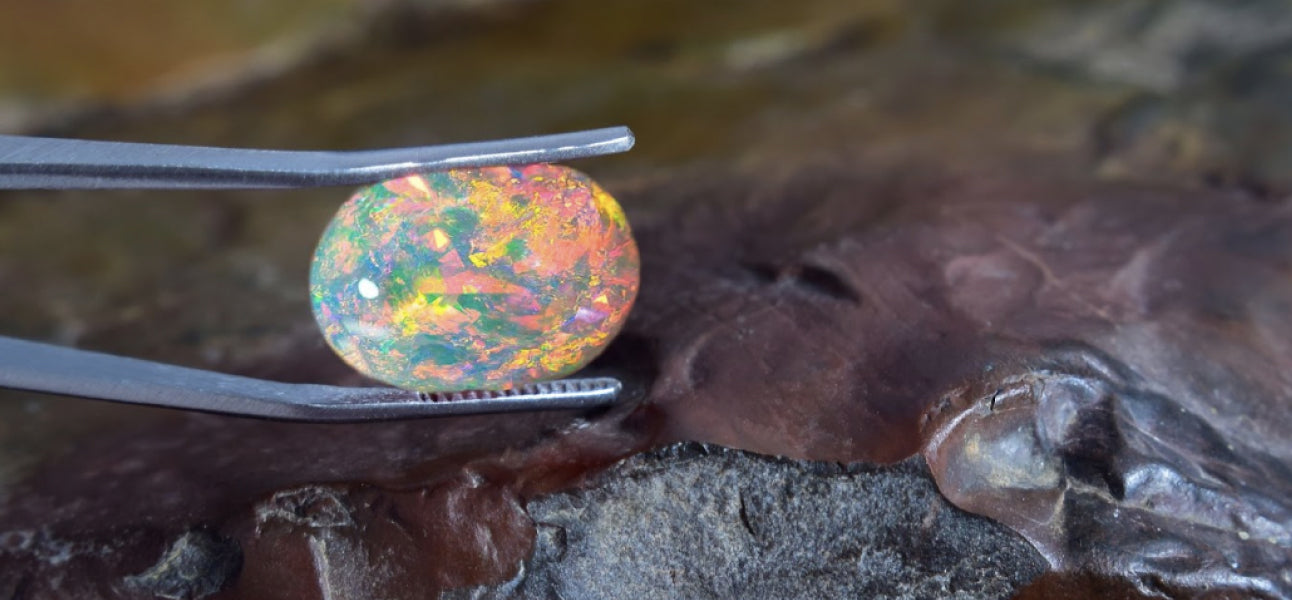
Opal
Color: Black, White, Gray, Yellow, Red, Orange and Colorless
Mohs hardness scale: 5 – 6.5
Source – Found mainly in Australia, Brazil, Mali, Japan, Russia, USA, Mexico
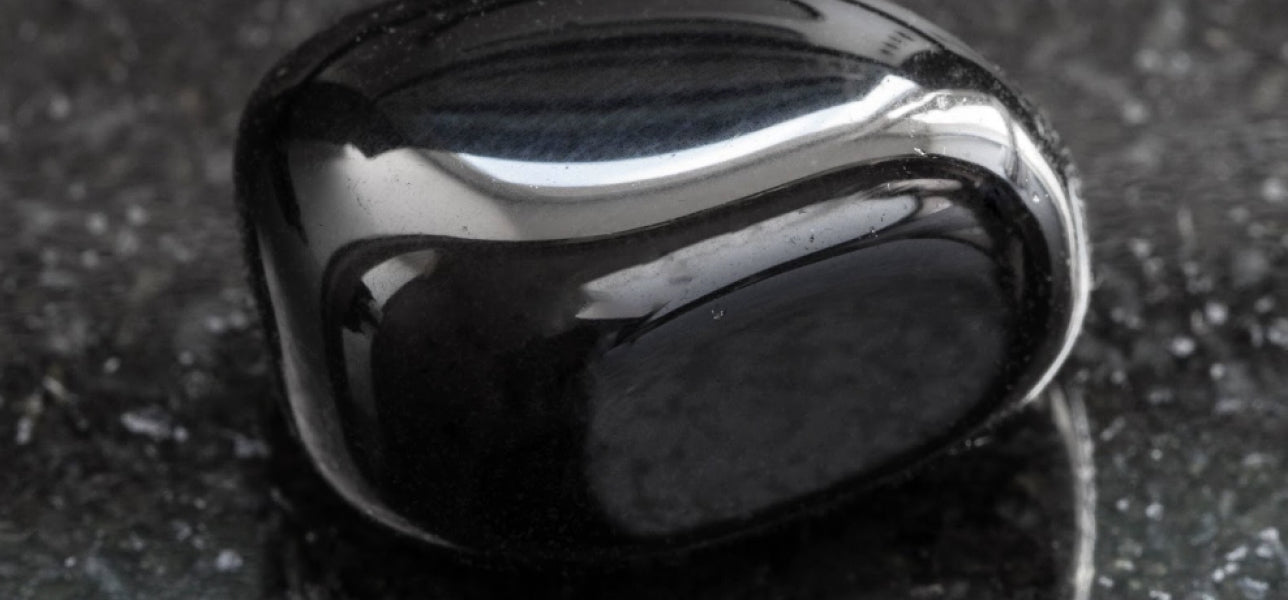
Onyx
Color: Black, White, Black with White bands, Red, Brown
Mohs hardness scale: 6.5 – 7
Mineral Class: Quartz
Source – Found mainly in Madagascar, India, Brazil, United States, Pakistan and Sri Lanka
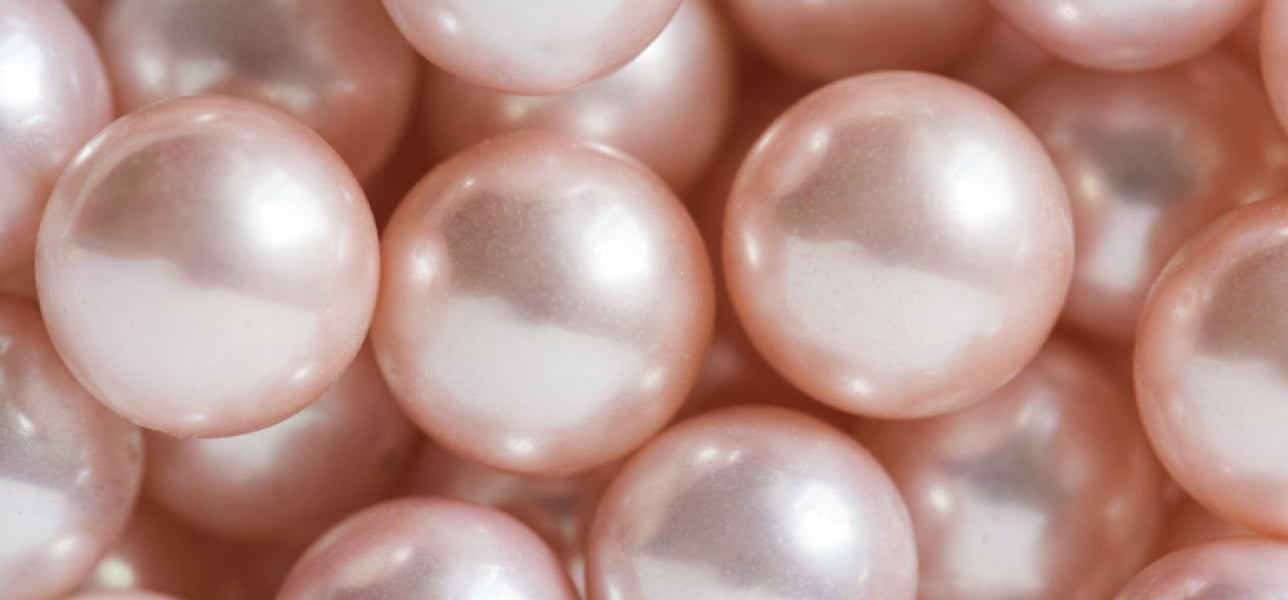
Pearl
Color: White, White tinted with Cream, Pink, Yellow, Green, Blue, Brown, Purple, or Black.
Mohs hardness scale: 2.5 – 4.5
Source – Found mainly in Persian Gulf, China Sea
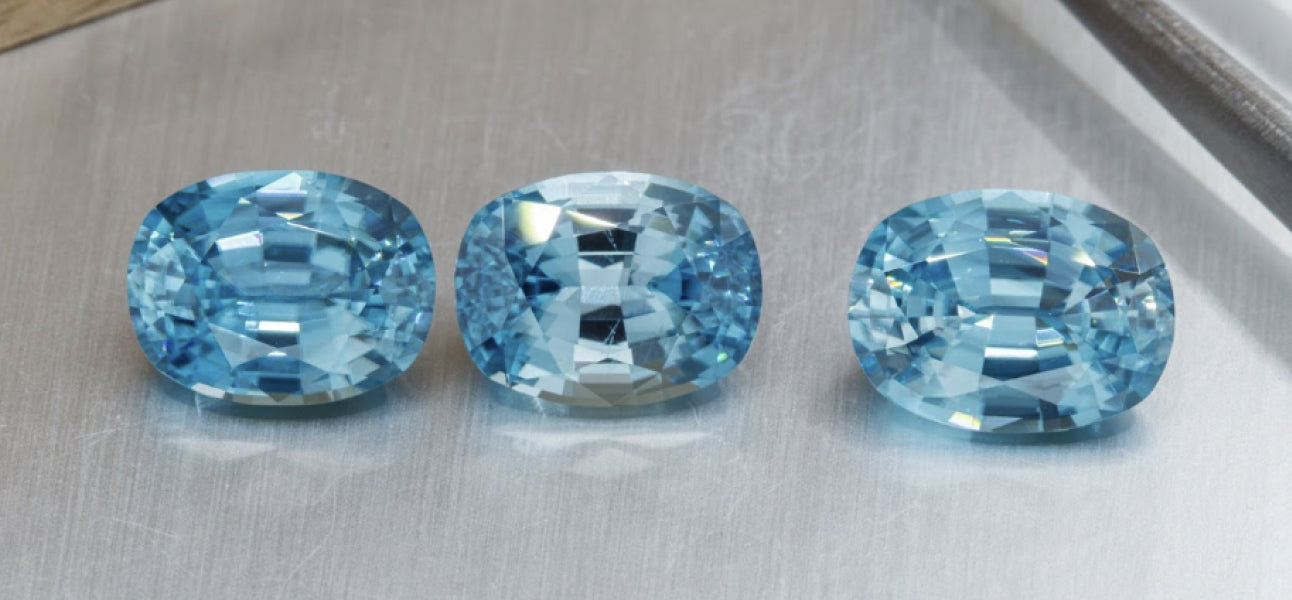
Aquamarine
Color: Blue, Sea-green
Mohs hardness scale: 7.5 – 8
Mineral Class: Beryl
Source – Found mainly in Brazil, Madagascar, Russia, Afghanistan, India, Pakistan, Nigeria, Zambia, Mozambique and USA
In conclusion, gemstones are fascinating objects that have captivated human beings for centuries. From their stunning beauty to their perceived mystical properties, gemstones have a special place in human culture and history. Each gemstone possesses unique characteristics that make it distinct and valuable, including color, clarity, cut, and carat weight. Understanding these characteristics is essential in evaluating and appreciating gemstones' worth and quality. Whether you are a collector, a jeweler, or simply someone who appreciates their beauty, gemstones continue to be a source of wonder and fascination. Don't forget to take care of your gemstones, preserving their wonderful properties and brightness.
Don't give up the pleasure of having your own gem collection. Whichever gemstone you choose, our jewelers will make your piece of jewelry as sparkling and beautiful as possible.

